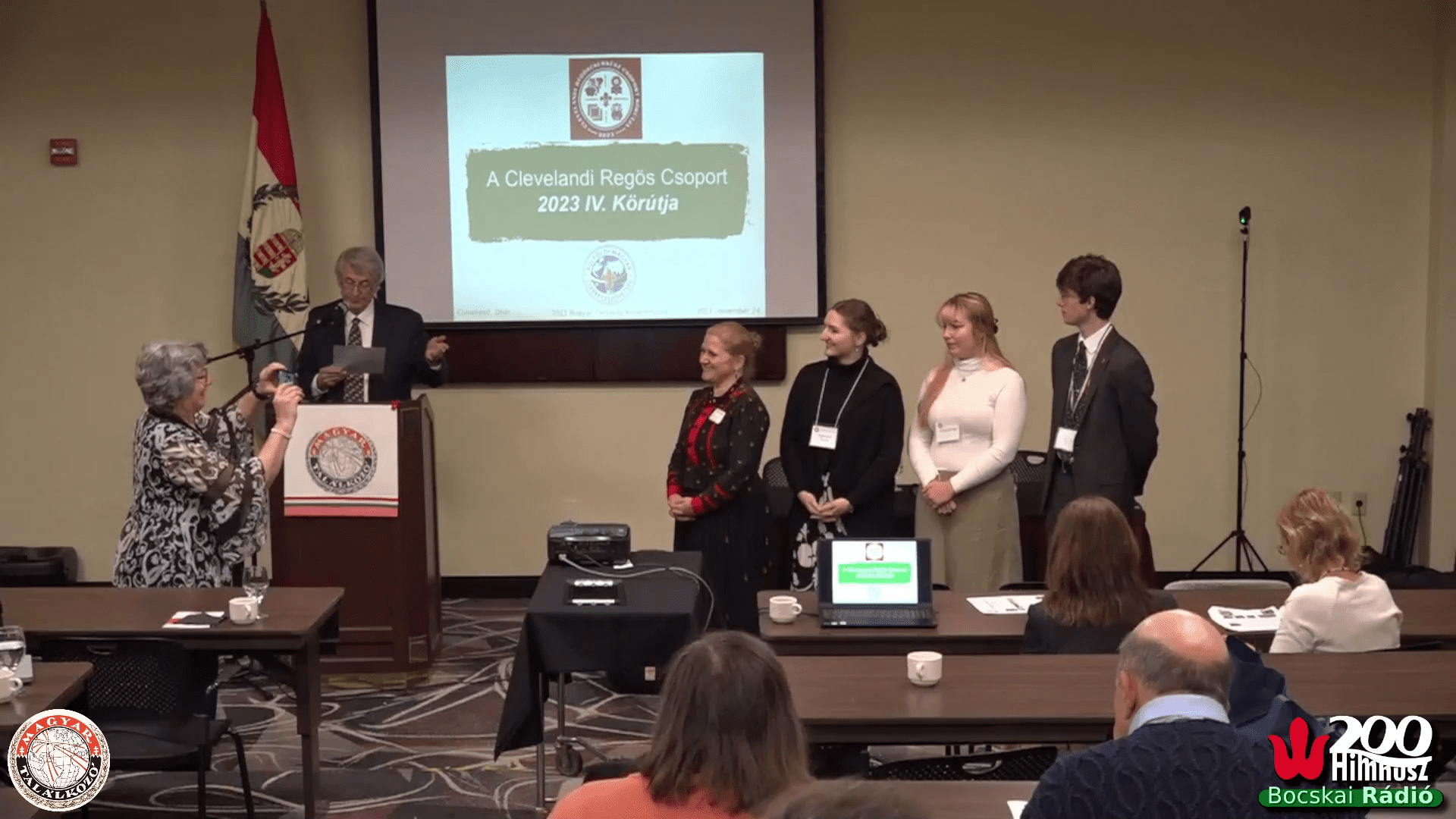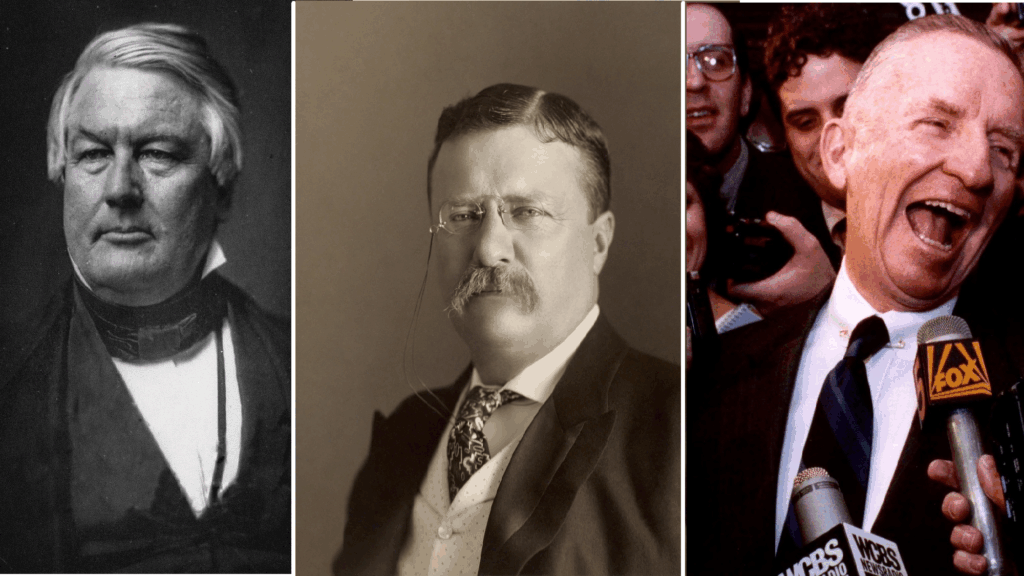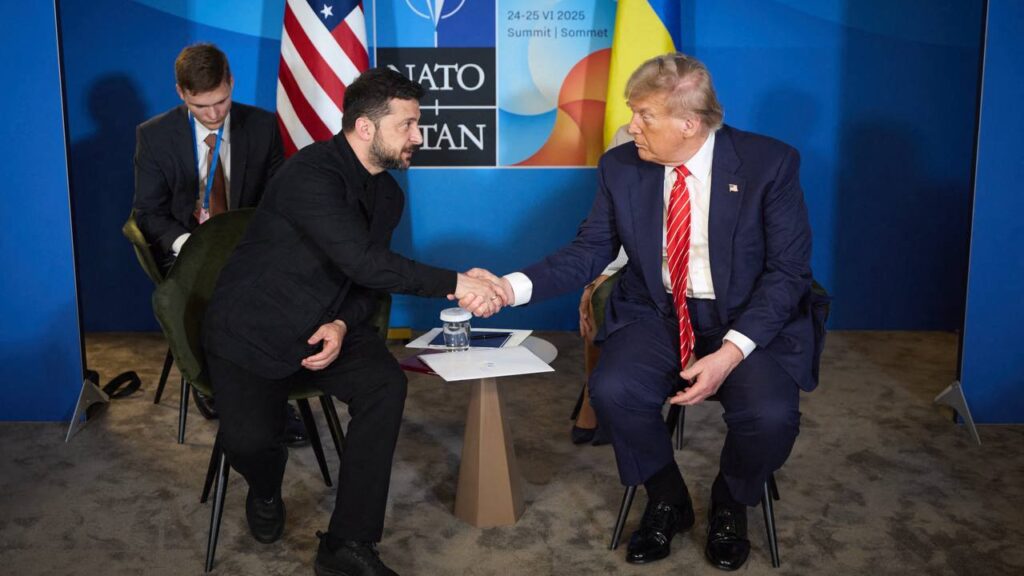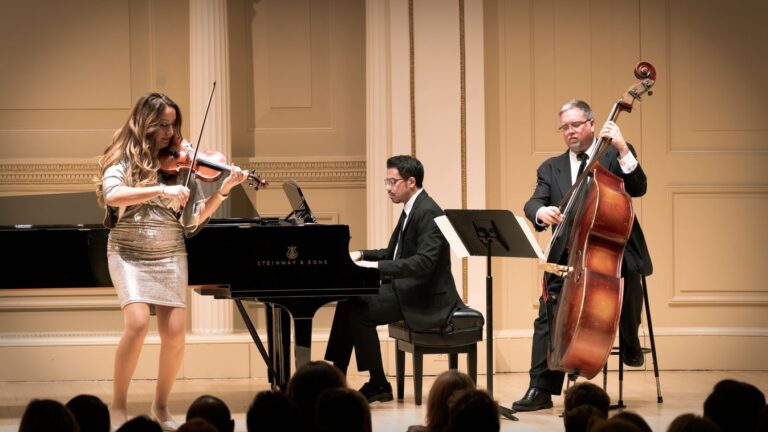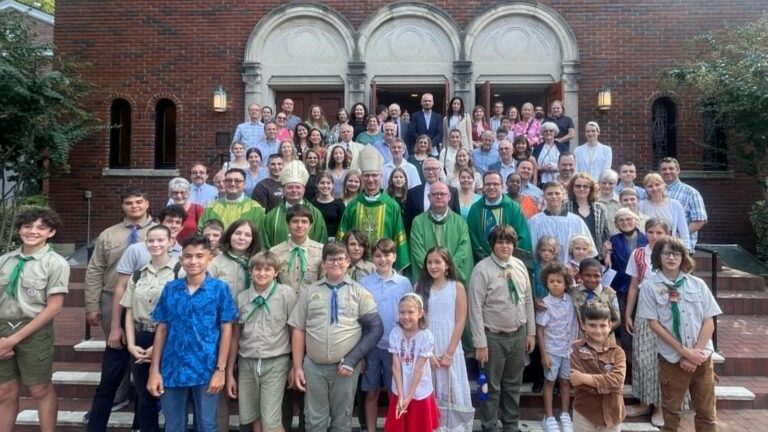The annual congresses of the Hungarian Association have been organized since 1961. They focus on issues that affect the Hungarian American community, providing educational, literary, scientific and motivational lectures, as well as screening films. The congresses recognize and honour, through the Árpád Academy, those Hungarian Americans who serve the community through outstanding volunteer and professional, literary, artistic or scientific activities.
The mission of the academy is to raise awareness about the Hungarian artists, writers and scientists living in the West
and their works, and thereby to awaken and enhance the Hungarian creative spirit in the diaspora. Thus, the database of the academy is a tangible testimony to the enormous loss of intellectual value suffered by the Hungarian homeland as a result of losing two world wars and the suppression of the 1956 Revolution and Freedom Fight. However, it also displays the intellectual gains of the host countries of Hungarian immigrants having provided them with the opportunity to live and work in the free world.
The 62nd Hungarian Congress was hosted by Dr János Nádas, the President of the Hungarian Association, his wife, Dr Gabriella Nádas, Executive Director, as well as Lél Somogyi, the Secretary General of the Árpád Academy on 24–25 November in Middleburg Heights, Ohio in the US.
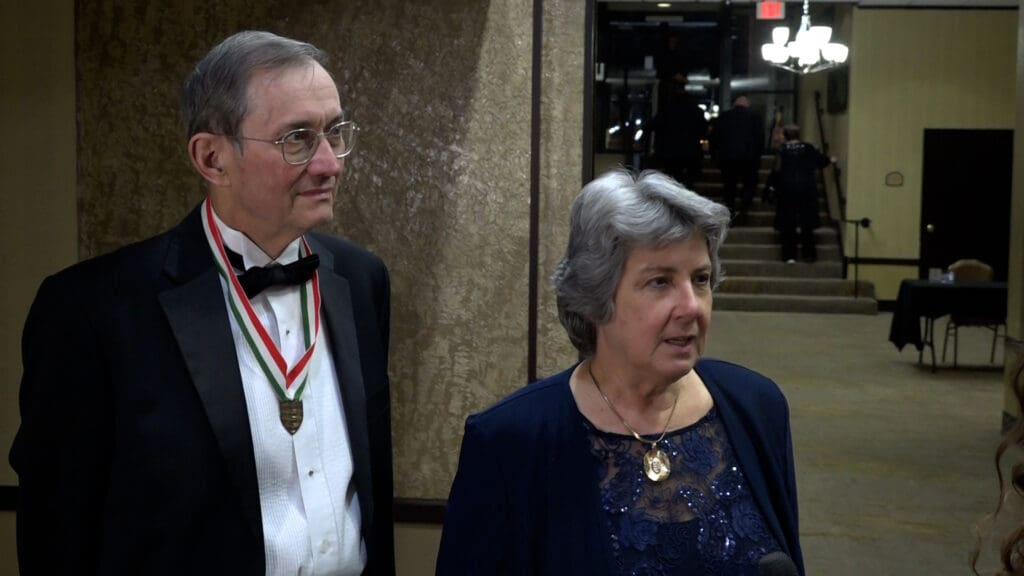
The most relevant presentation of the Psychology Symposium was given by Beáta Krasznai on the issue ‘how to raise bilingual children who can cope with two cultures?’. Born in Hungary, she has lived in America for more than 20 years. She is a clinical counselling psychologist at Cleveland State University, and holds degrees in school counselling and learning guidance.
In her presentation, Krasznai explained, based on the levels of Maslow’s pyramid of needs, that language as a social (communication) need appears at level 3 of the pyramid, only after the needs for existence and security have been met. She pointed out that shared language skills in the (grand)parent-child relationship help bridge generational and cultural differences; and play the most important role in conflict management: a parent who knows the language is always at an advantage, but the more the child knows about the parent’s language and culture of origin, the easier it is to manage conflicts within the family. Level 4 of the pyramid of needs relates to self-esteem; at this level, young people start to value bilingualism. As explained, a Hungarian American child with a healthy identity is ‘100 per cent Hungarian and 100 per cent American’, so the two cultures should not be set against each other; moreover, if skilfully combined, the result can benefit all children (and families).
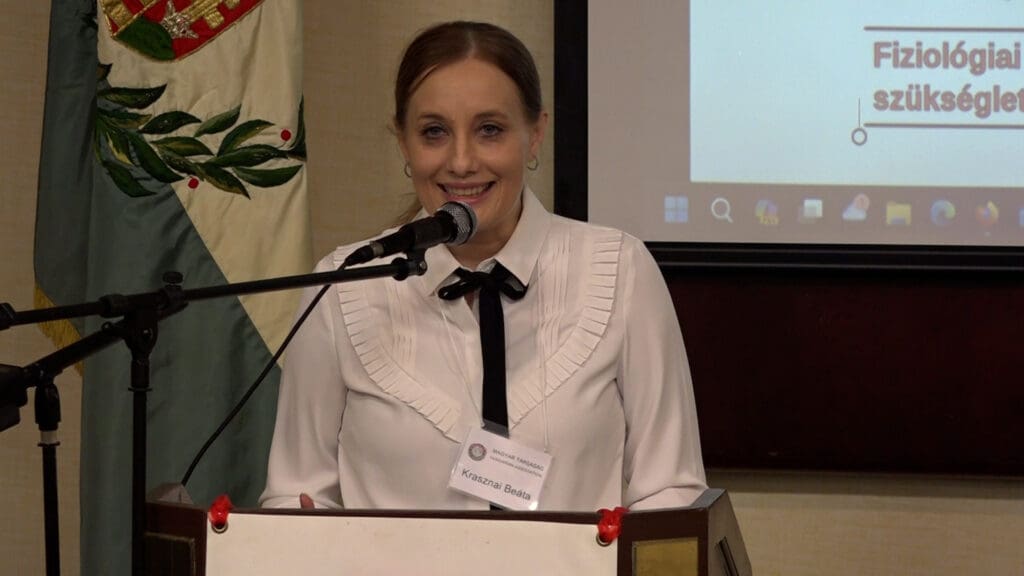
To achieve this goal, it is worthwhile to follow a few rules and acknowledge a few facts, such as: children learn their language from adults (the role of the primary caregiver, who is not necessarily the mother, is crucial in this regard), so the sentiment that ‘the child cannot or does not want to speak Hungarian’ underestimates their intellectual abilities.
If the parent is unsure or potentially ashamed of their own language skills, their children will switch to another language to avoid the issue; therefore, we should not switch languages even if the environment or circumstances change (i.e. for the sake of others we should not speak to our child in a different language than we used to), and we should take up any resulting conflicts (also with third parties) in a courageous but civilized way. We should accept that there are differences even within families: the first child raised in the diaspora is typically the most proficient in Hungarian compared to younger siblings.
It is usually around the age of 10 when a child starts to be bothered by poor vocabulary, so it is very important to have them listen to and later read themselves as many Hungarian stories as possible.
It is not a problem if a child speaks English (even within the family); the important thing is that he or she also knows Hungarian. Instead of shaming, we should repeat to him or her in Hungarian what they told us in English during a conversation; and we should use all language learning resources and tools, as there are many opportunities (including communication tools) available to us nowadays. A positive attitude, good examples and playfulness (games, stories, humour) are also very important.
Level 5 is about self-expression, which is also about helping others. The speaker stressed the role of grandparents of Hungarian origin (as helpers within the family) and Hungarian communities (who are, not instead of parents, but in addition to them, also instruments for the cultivation and transmission of the Hungarian language and culture)—for this, however, the community must be attractive for the children: it must have an atmosphere where it is good to be Hungarian. ‘I have accepted that my children do not speak Hungarian like their parents, but this is not a surrender, it is a lifelong parental duty’, Krasznai concluded.
The Psychology Symposium was followed by a photo report about the summer tour of the Regös troop of the Cleveland scouts.
The young Hungarian American participants were able to discover the beauty of homeland landscapes, watch closely the everyday life of their hosts and get directly acquainted with local Hungarian folk culture: folk songs, folk dance, folk costumes and traditions. By staying with local families, they strengthened their Regös scouts commitment through their personal experience and connections, grew their knowledge base, and, upon their return, enriched the Hungarian community in Cleveland.
40 people participated, spending a total of 21 days in Palócföld (Kazár, Hungary), Székelyföld (Seklerland, Transylvania, Romania) and Csángóföld (Gyimes and Moldva, Romania). The initiator and organizer of all four tours so far was Eszti Pigniczky, a Cleveland scout leader, also the former leader and current professional staff member of the Regös troup.
After her explanation of the organizational and financial aspects of the tour, three young Cleveland-born participants (Enese Pigniczky, Ferenc Somogyi, and Kinga Turóczki) continued the presentation sharing their own experiences. What they found most exciting in Palócföld were the differences and similarities between the Hungarian customs they preserve in the United States and those learned there. They noted that the Hungarians in Székelyföld should also pay attention to preserving their traditions; and despite the poverty and forced assimilation in Csángóföld, people are characterized by hope, faith, joy, and vitality.
One of the most memorable presentations on the second day of the conference was delivered by Zsófia Dorgay, a native of Kárpátalja (Transcarpathia, Ukraine), who currently lives in Budapest.
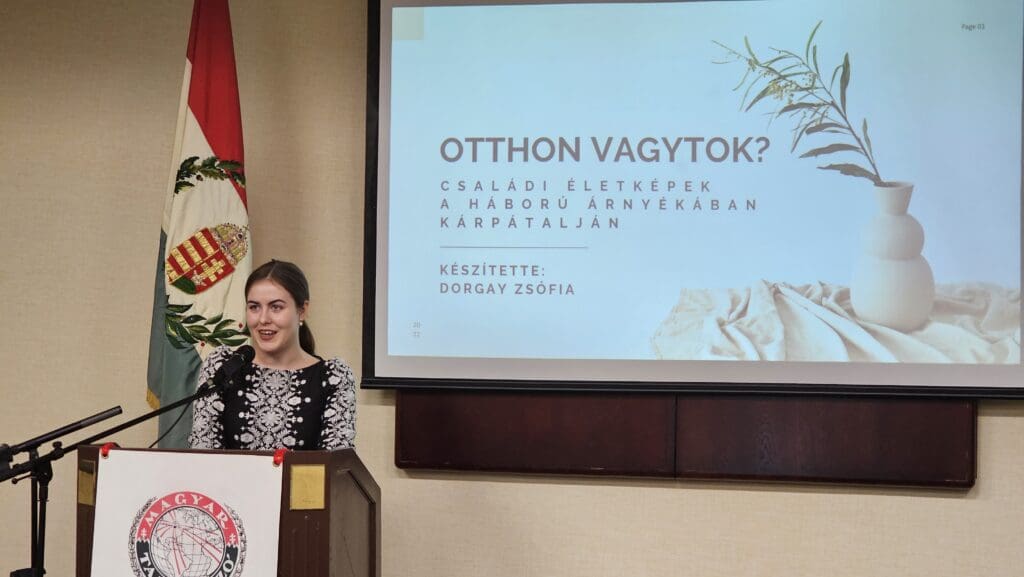
‘Are You at Home?’ was the title of the presentation, in which she illustrated, with lots of photos, the everyday life of the Hungarians of Kárpátalja affected by the Ukrainian-Russian war, and shared short stories and personal comments. Dorgay is currently a reporter-editor at the Religious Editorial Office of Duna TV and a contributor to Bocskai Radio in Cleveland. She continues to keep close contact with Hungarian church and civil organizations in Kárpátalja and visits her 85-year-old grandmother in the region (in a village called Szürte) every month, thus staying up to date with the daily life of local Hungarians.
As she explained, when the war broke out, many people had already been working abroad, so they were no strangers to cross-border family life, especially since the Covid pandemic, and they certainly have not returned home. The atmosphere on the streets is peaceful, but mainly women, the elderly, and small children can be seen, while the Ukrainian National Anthem and posters promoting the draft signify the presence of war. Those left at home, especially the elderly, have serious financial difficulties and women are the backbones of the families, since very few men are exempt from the draft: those having large families, caregivers of the elderly, and public sector workers.
Schools have been without normal education for almost four years by now; school days begin with a minute’s silence in memory of those who died in the war and in honour of those currently fighting. In the event of air strikes, classes continue in shelters (of schools or homes).
Churches are trying to support people spiritually and financially: a parish priest from Eger, who has been carrying out a mission there since the beginning of the war, also organized a family reunion camp at Lake Balaton in the summer. Ecumenism is on the rise, family days are organized in several places, and church renovations are being carried out with funding from the Hungarian state. Cultivation and transmission of traditions continue where possible, with choir rehearsals, talent contests, and harvest fairs to maintain the illusion of normality and hope for a viable future.
Many students go to school in Hungary, but summer holidays are a challenge for them; and those approaching 18 often say: ’This is my last summer at home’. Those who have left or leave their homes, often have to make a decision in a very short period of time and are forced to leave everything behind. Many say that they do not feel at home in Budapest and are homesick; others appreciate the ample opportunities, the security and the warm welcome they generally receive in Hungary. Most of them would like to return, but are uncertain. After the presentation, many questions were asked, most of them about help. Zsófi Dorgay brings home donations, including those from the St Emeric (Szent Imre) Church’s Laszlo Day-collection to the inhabitants of Szürte, for whom Bocskai Rádió already organized several similar campaigns in the last two years.
After lunch, Father András Mezei gave a presentation entitled ‘The Family is God’s Gift’.
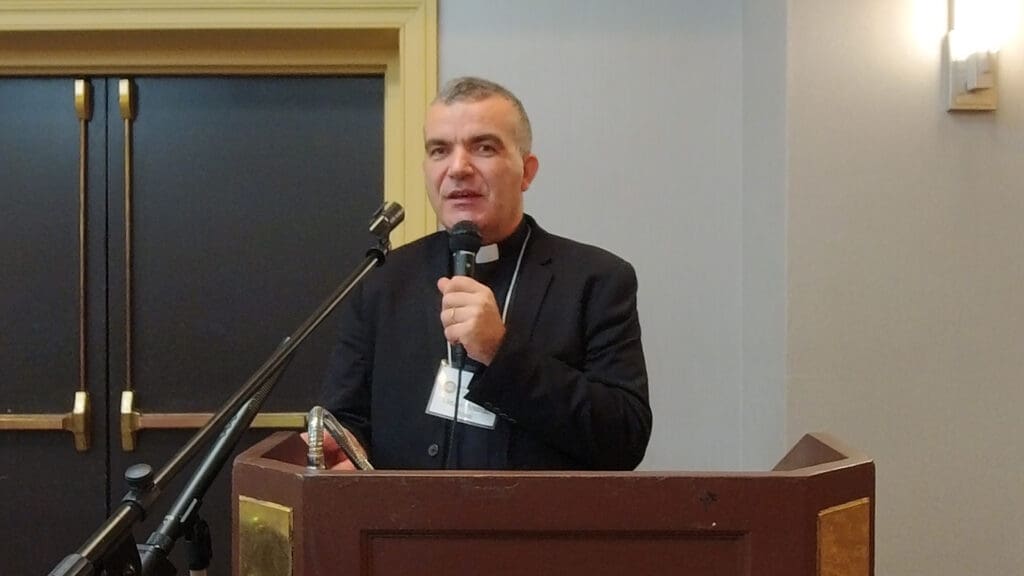
Father Mezey was born and raised in Ditro (Transylvania, Romania); and after serving in Keszthely and Csabrendek, he served as the administrator of the parishes of St Emeric and St Elisabeth in Cleveland for five years, then returned to Keszthely.
He emphasized that family is ‘the place of the sanctity of life’
and the priests are often present in the lives of families, preparing them for and serving them with the various sacraments: baptisms, first communions, confirmations, preparation for marriage, weddings, baptisms of children, and funerals. Many people do not take the sacraments of life seriously, because they think that ‘the paper is not important’. However, ‘the meeting of two bank accounts will not last for long,’ he warned, and added: if we set conditions for each other, we love ourselves, not each other.
Furthermore, a family is like a candle, and we need to feed its flame, that is, we need spiritual enrichment in the marriage. Speaking of his years spent in the United States, he recalled how much local Hungarians do for the community and how ‘shrines’ built from family photos are common in their houses—and reviewing those ‘equal to a spiritual exercise’. He mentioned that, in three years, he had visited more than a thousand patients at the local university hospital, touching most of them on their foreheads (despite the Covid pandemic), and some perceived it as an encounter with God. He also pointed out that the developments of the last two centuries have not been favourable to families: industrialization, urbanization, women’s entry to the labour market, the two world wars, and the treaty of Trianon, as well as the internet and smartphones have all undermined families.
Finally, to those who hope for a better future, he said: ‘Don’t just hope for it, do it’.
Lunch was followed by the meeting of the Árpád Academy, during which Dr János Pál Gyékényesi, this year’s recipient of the academy’s award, gave a lecture entitled ‘The Role of Space Research and Football in the Life of a Hungarian Refugee’, in which he described two parallel threads of his rich and active life: his 51 years at NASA and several decades of activity in the world of soccer.
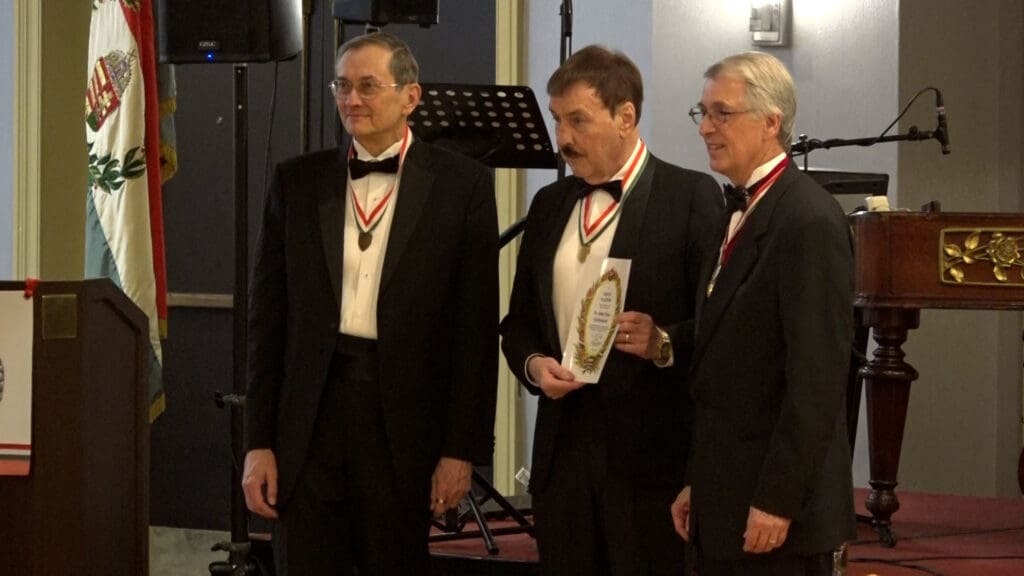
The congress concluded with a documentary made by Toronto-born editor Anna Szakály about the life of Szabolcs Bede-Fazekas, a well-known Hungarian radio station and bookstore owner and programme organizer in Toronto. The gala dinner started with the opening dance of the Regös Group, followed by the introduction of the debutantes, presentation of the new inductee to the Árpád Academy, Dr János Pál Gyékényesi, and a ‘Quadrille Court Dance’ performed by ball attendee couples. The Harmonia band kept the party going until dawn.
Read next:

